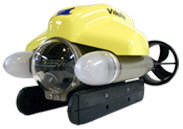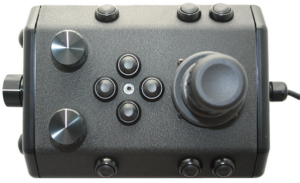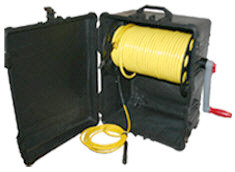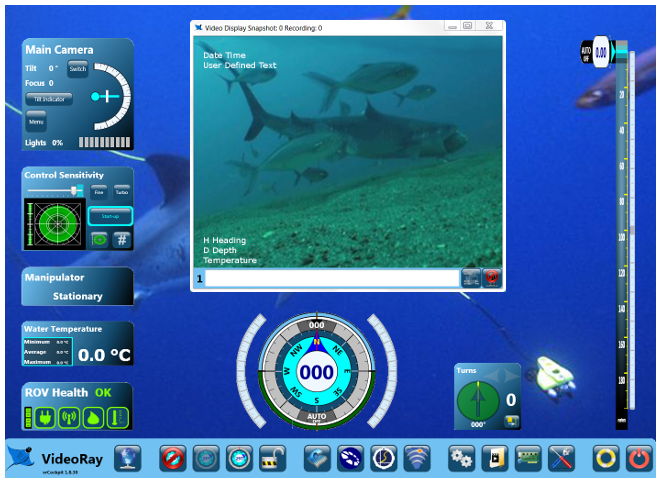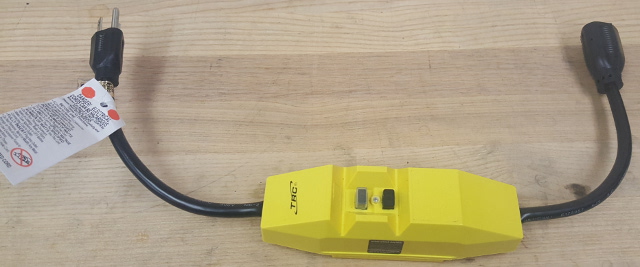Safety CircuitsThe Operator Control Console includes three safety circuit components.
GFCI (Ground Fault Circuit Interrupter)The GFCI protects the operator from shock from the AC circuit of the power source, and protects the equipment from a current overload. For current and IP65 Operator Control Consoles, the switch GFCI is inline with the power cord. When initially connected to a power source, it is in the Off state. You must press the Reset Button to enable it. When enabled, the green LED will be illuminated.
For legacy Operator Control Consoles, the GFCI switch is integrated with the Circuit Breaker and both switches must be turned on for the Operator Control Console to operate. The GFCI / Circuit Breaker can be found in the right front of the Operator Control Console.
If the GFCI detects a differential current between the supply and ground poles of the power source, it will trip, or open the circuit. If the circuit breaker detects a current greater than it's rating, it will trip. The test button can be used to simulate these conditions and pressing and holding the test button should cause the switches to open, or turn off. If the GFCI continues to trip, the system should be inspected for a fault before being used. LIM (Line Insulation Monitor)The LIM protects the operator and persons in the water nearby from shock from the DC circuit of the tether. While the GFCI switches are part of the GFCI component and must be turned on to operate the Operator Control Console, the LIM is automatically enabled when the system is turned on. The LIM operates on a principle similar to the GFCI and monitors the quality of the insulation of the conductors in the tether. If the resistance between the conductors drops below the safe threshold, the LIM will trip. When the LIM detects the resistance between the power conducts falls below the safe threshold, the yellow LIM Alarm LED will turn on, and the ROV power circuit will be disabled. The LIM can be reset by pressing and holding the Reset button. The yellow LIM Alarm light should turn off. To test the LIM, press and hold the Test button. If the LIM continues to trip, the system should be inspected for a fault before being used.
LIM BypassIn some situations, the LIM may trip, but the system may in fact be safe to use. A common situation that may cause the LIM to trip is using an old tether that has some current leak at its connectors. The LIM is sensitive enough to detect this leak. If it is determined that the cause of the LIM tripping does not represent a potential hazard to the operator or people in the surrounding area, the LIM can be bypassed to continue operations. The LIM can be bypassed by engaging the LIM Bypass switch to the Bypass setting. The LIM Bypass switch is a locking switch and the stem of the switch must be pulled out to switch it. When the LIM is set in Bypass mode, the RED LIM Bypass LED will turn on indicating the system may be unsafe to operate.
Circuit BreakerThe Circuit Breaker protects the equipment and source from a current overload. On current Operator Control Consoles, the circuit breaker can be found under the VideoRay logo plate on the right front of the Operator Control Console. In order to access the circuit breaker, you need to remove the two screws that hold the plate.
On legacy Operator Control Consoles, the circuit breaker is integrated with the GFCI switch. See the Operator Control Console Switches and Connections section for more information about these components and their locations, and see the Pre-Dive Preparations section of the Quick Start Instructions for information about testing these components. |
Pro 4 Operator's Manual






